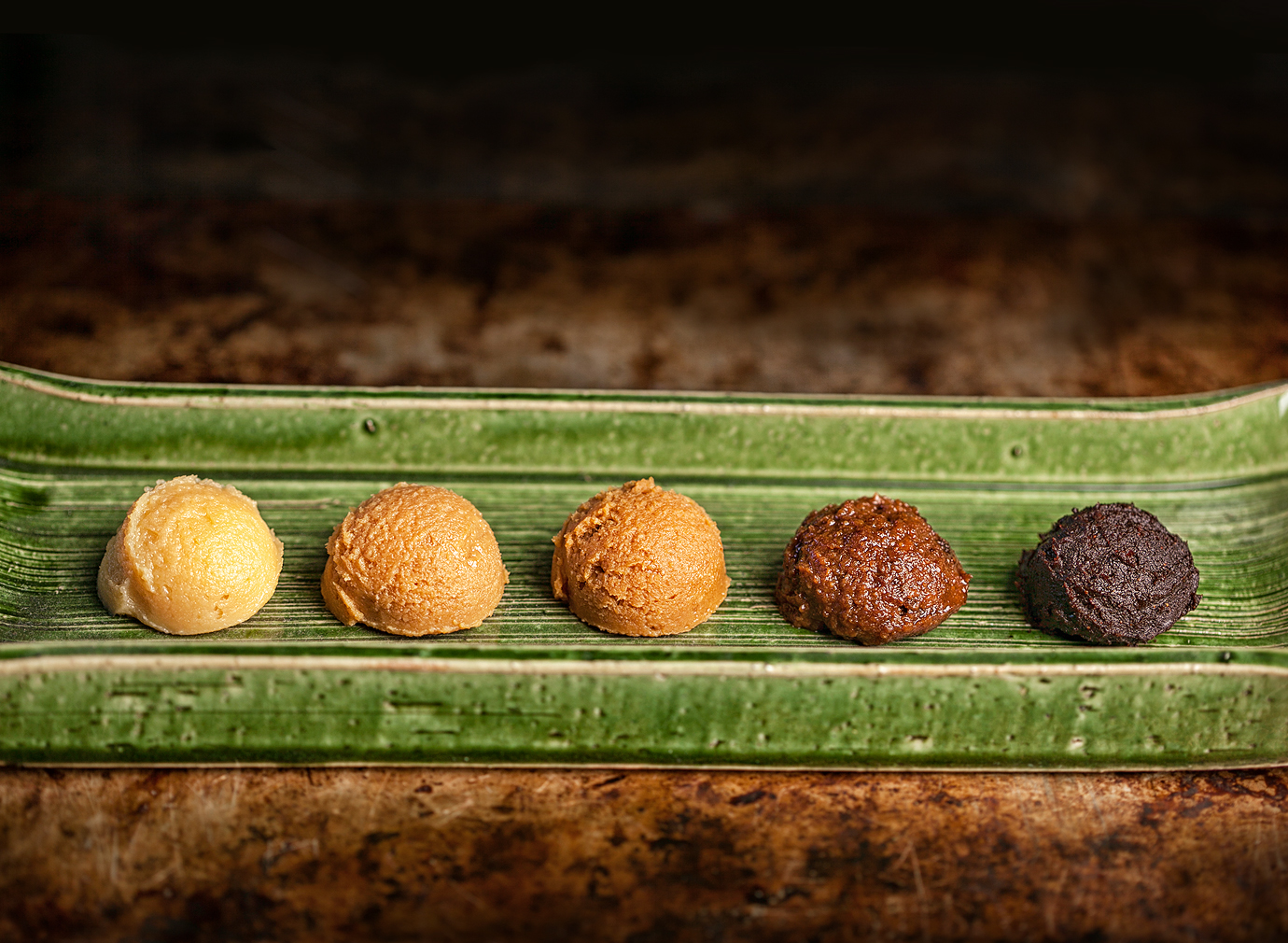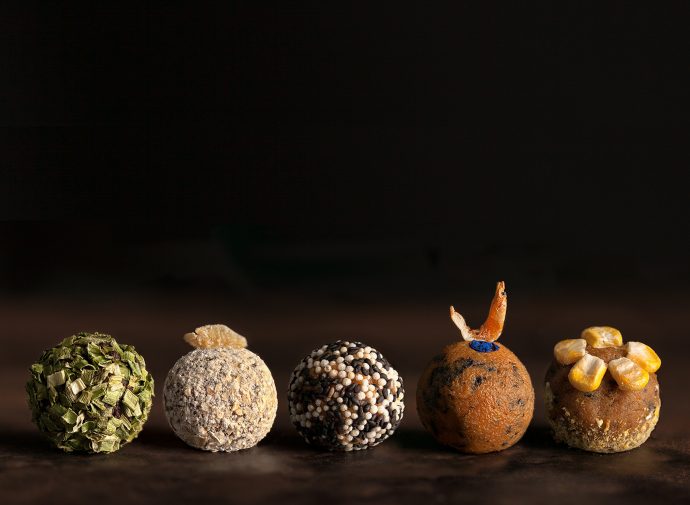Namiko Hirasawa Chen (Nami) and her husband created the website Just One Cookbook to inspire readers to explore the world of traditional Japanese cooking. They provide excellent information about culture and ingredients along with step-by-step guidance and easy-to-follow videos for preparing delicious food.
Miso, a fermented soybean paste, is made from a mash of soybeans, grains (steamed rice or barley), salt and koji culture, a fermentation starter. Traditionally, it’s left to ferment in cedar wood kegs at ambient temperature for six months to five years.
Nami
It’s hard to make your way through the dizzying array of miso available at Asian markets and even in health-food stores. Miso can be categorized according to type and amount of grain koji used in the fermenting process—rice, barley or only soybeans. Hatcho Miso is traditionally made of 100% soybeans (no grains, like rice and wheat, are added). Genmai miso is made with only brown rice and has a unique, mellow, almost nutty taste. Koji miso is made with large quantities of koji, the fermenting agent, producing a coarse texture, a sweet and mild taste with rich flavor. Mugi miso is made with barley koji. Moromi miso is made with additional barley and rice grains producing a chunky miso with a mildly salty taste that is usually eaten as a condiment or a dip for raw vegetables.

(left to right) “Saikyo Miso” Kyoto White Miso, “Shiro Miso” White Miso, “Awase Miso” Mixed or Yello Miso, “Aka Miso” Red Miso, “Hatcho Miso” All Soybean Miso
Color is the most common way different miso are categorized and helps to make sense of the bewildering number of varieties available at Asian markets. Color also gives an indication of the ratio of soybeans and rice used and the length of time that the mash has fermented. Generally, the longer the fermentation, the richer and darker the miso color will be, varying from white or shiro miso, to red or aka miso. Red miso has the greatest depth of flavor and the highest salt content. The combination of red and white miso, awase or yellow miso, is often chosen for its versatility in the kitchen. The great chefs make their own secret blends of miso paste to achieve specific effects.
Different regions of Japan are famous for different types of miso, which is yet another way to understand the ingredient. For example, Kyoto is the most important producer of saikyo shiro miso in the Kansai region of Japan. It is light in color, with a distinctive sweet flavor due to its low sodium content. Artisanal hatcho miso, said to have been the food of emperors, comes from the Tokai region in central Japan. It’s made with 100 percent soybeans—no rice—resulting in a robust, umami-packed flavor.
It keeps well unopened and once it’s in use and stored in the refrigerator it can last for a year or more.

